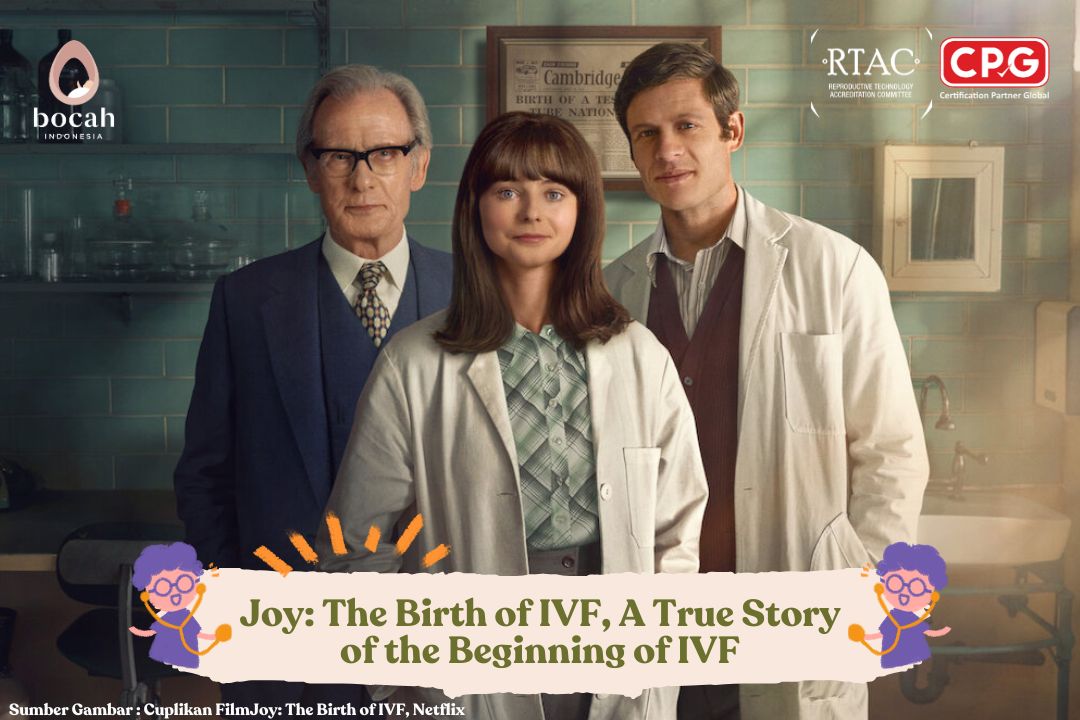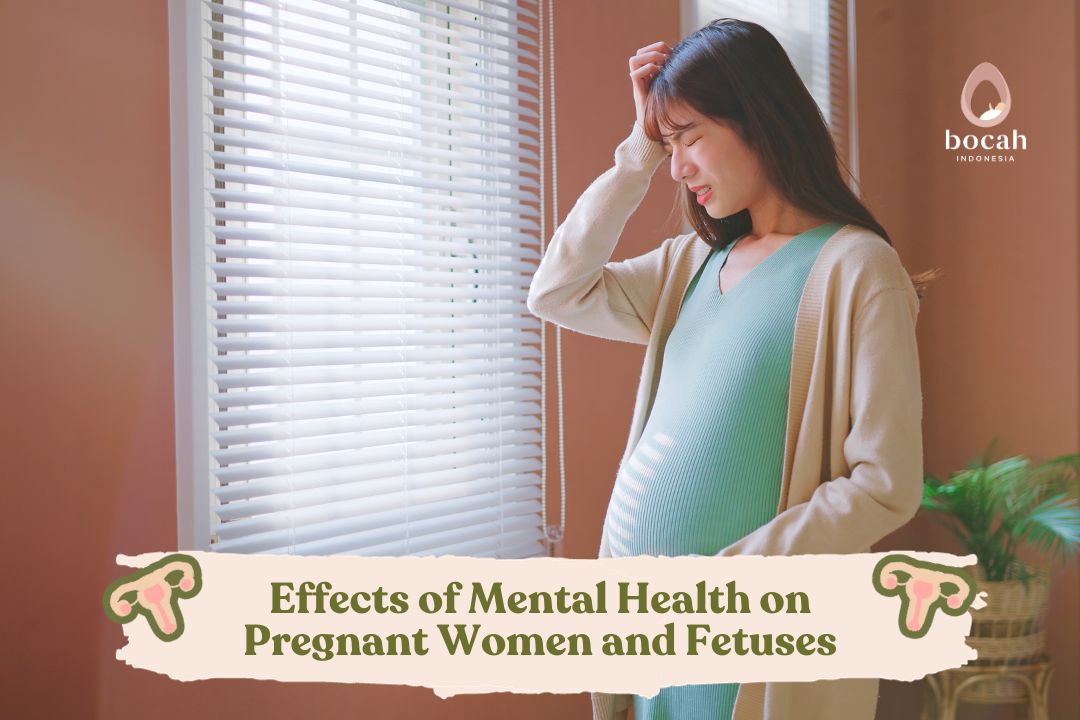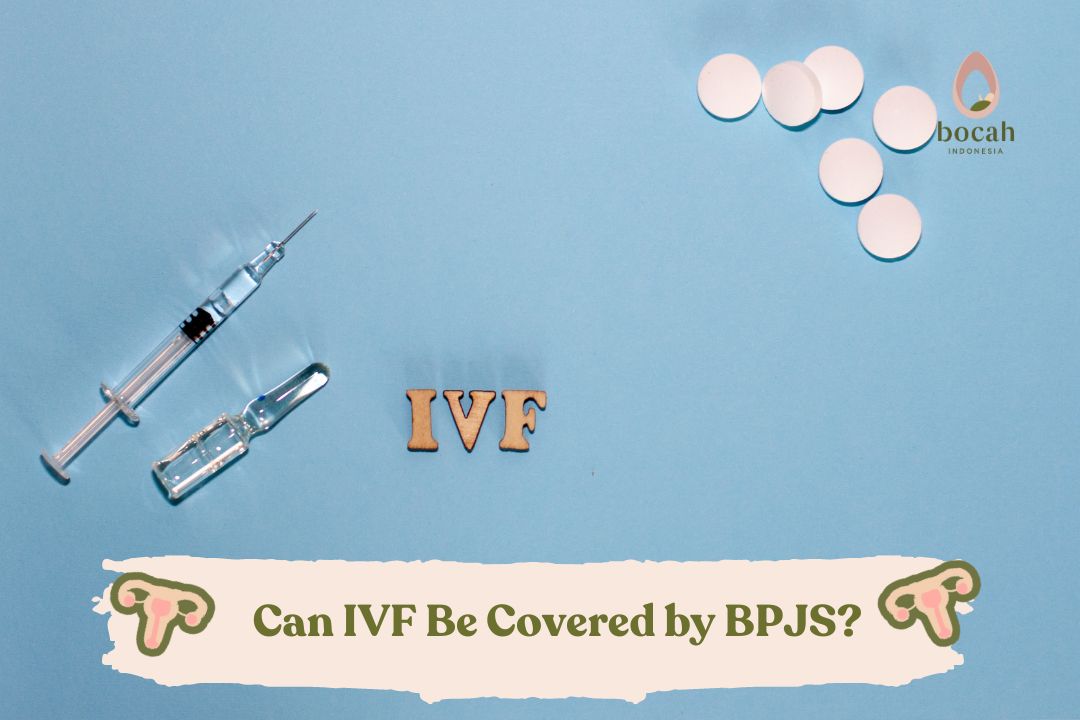Joy: The Birth of IVF, A True Story of the Beginning of IVF

The film Joy tells the story of the origins of the in-vitro fertilization (IVF) program pioneered by Lesley Brown.
Have you watched the Netflix film titled Joy? This movie narrates the story of the first IVF program undertaken by Peter and Lesley Brown in the 1970s.
Synopsis of Joy: The Birth of IVF
The movie portrays the struggles of three scientists—Robert Edwards, a visionary researcher; Jean Purdy, a young nurse; and Patrick Steptoe, a surgeon—all of whom shared the same dream and goal: to help infertile couples conceive through IVF technology.
Joy: The Birth of IVF adopts the perspective of Jean Purdy, a young nurse who was also an embryologist. The film highlights Jean Purdy’s determination in assisting Dr. Robert Edwards and Patrick Steptoe to achieve success with IVF.
The Challenges of IVF Research
Their ten-year journey was fraught with failures and various challenges, both in their research and from external factors.
Tanya Mincah tentang Promil?
The research was joined by several women suffering from infertility who were eager to conceive. These women formed a group called the “Ovum Group.”
They endured regular hormone injections during the stimulation process for IVF. However, the journey was far from easy, as most women in the study did not succeed in conceiving.
Rachel, one of the women who managed to conceive, was diagnosed with an ectopic pregnancy. Instead of implanting in the uterine wall, the embryo attached itself to the fallopian tube. This condition required intervention, and the IVF attempt was deemed unsuccessful.
Societal and Governmental Challenges
The trio of scientists also faced societal and governmental resistance during their quest to perfect IVF technology.
Their groundbreaking innovation in reproductive technology in the 1970s, particularly IVF, was openly rejected by the government, the medical community, and religious institutions. The research sparked significant public controversy and media scrutiny.
Jean Purdy’s relationship with her mother, Gladys May, also suffered. A devout church member, her mother disapproved of Jean’s involvement in IVF, believing it contradicted religious teachings.
Despite these challenges, Robert, Jean, and Patrick remained steadfast in their mission to help infertile women conceive. Eventually, Robert reevaluated the causes of failure among the women participating in their research.
Although their resolve wavered, with Jean resigning to care for her ailing mother and Robert shifting to politics, their dedication to the project endured.
Success After Ten Years
After ten years of perseverance, the trio resumed their research, ultimately succeeding with Lesley and John Brown, an infertile couple.
In 1978, the first IVF program resulted in the birth of a healthy baby girl, Louise Joy Brown. Between 1969 and 1978, Dr. Robert, Dr. Patrick, and Jean helped 282 women with infertility issues, leading to five pregnancies and two successful births: Louise and Alastair.
Since Louise’s birth, over 12 million babies have been born worldwide through IVF.
This film demonstrates the significance of tackling infertility and highlights the importance of serious efforts to address such issues.
A Legacy of Hope
Interestingly, amidst her tireless efforts to address infertility, Jean Purdy battled severe endometriosis and ultimately succumbed to cancer in 1985.
Although initially met with resistance from the government, society, and religious institutions, the trio’s groundbreaking work has since transformed lives, offering hope to many couples struggling with infertility.
At the end of the film, Robert Edwards insists on including Jean Purdy’s name on a plaque at Kershaw Hospital in Oldham, England.
To this day, the plaque honoring Robert Edwards, Patrick Steptoe, and Jean Purdy stands as a testament to their unwavering dedication. It serves as a reminder that behind every milestone, there is a story of resilience, determination, and #HopeAlways.





